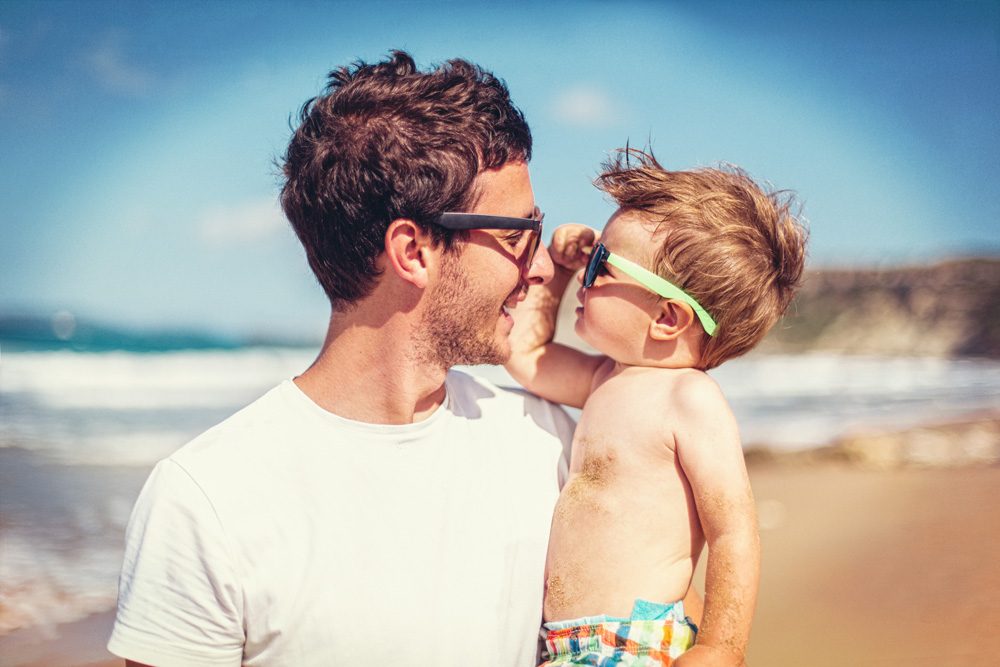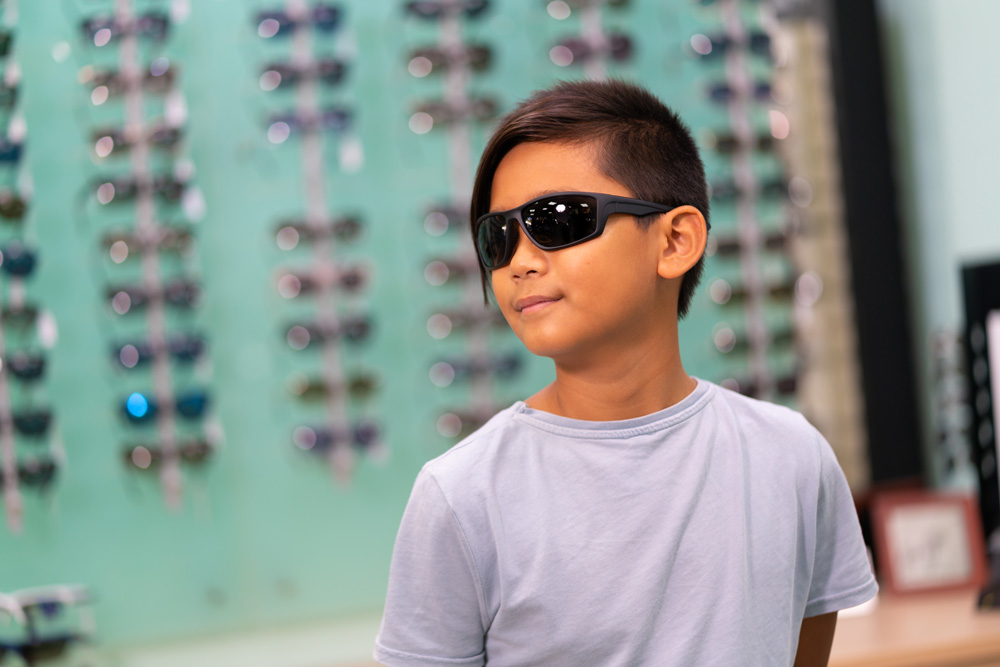
Excessive exposure to UV light can lead to both short-term and long-term eye problems. In the short-term, exposure can result in bloodshot, swollen eyes and a hyper-sensitivity to light. In extreme cases, this exposure can present itself as photokeratitis – which is sunburn of the eye. Photokeratitis can be so severe that it leads to vision loss for up to 48 hours, which can be terrifying for both the parent and the child, but its symptoms will gradually fade and vision will return.
Because UV exposure is cumulative, it is important to begin protection at an early age. Over a lifetime, damage from unprotected exposure to UV rays can lead to eye diseases and conditions that will affect the health of the eyes and vision. Unlike the short-term problems caused by UV rays the long-term damage caused by repeated overexposure will not fade as the symptoms and conditions caused by repeated overexposure appear over a longer period of time.

